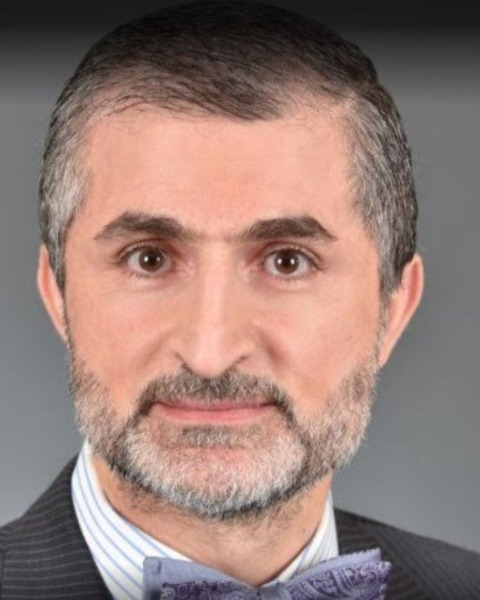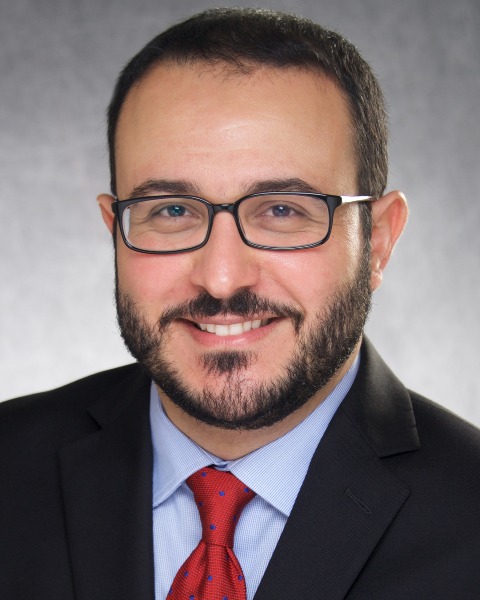SIR 2025
Pediatric Interventions
Traditional Poster
95 - Anatomy of Truncal Marginal Vein and Endovascular Treatment in the Patients with Overgrowth Syndrome

Ayah Megahed, MD, RPVI (she/her/hers)
Fellow
Boston Children’s Hospital, United States
Ahmad Alomari, MD
Pediatric Interventional Radiologist
Boston Children's Hospital, United States- GC
Gulraiz Chaudry, MD
Pediatric Interventional Radiologist
Boston Children's Hospital, United States 
Raja Shaikh, MBBS
Pediatric Interventional Radiologist
Boston Children's Hospital, United States- HP
Horacio M. Padua, Jr., MD
Pediatric Interventional Radiologist
Children's Hospital Boston, United States 
Mohammad Amarneh, MD
Pediatric Interventional Radiologist
Boston Children's Hospital, United States.jpg)
Kyung Rae Kim, MD (he/him/his)
Pediatric Interventional Radiologist
Boston Children's Hospital, Radiology, United States
Poster Presenter(s)
Author/Co-author(s)
Truncal marginal vein (TMV) is a persistent abnormal embryonic vein associated with over-growth syndromes with increased risk for thromboembolism and venous hypertension. The purpose of our study is:
- To study anatomy and provide a drainage pattern of TMV
- To evaluate TMV embolization techniques and outcome
Materials and Methods:
Retrospective data was analyzed using our database search engine utilizing the search word “Truncal Marginal Vein” resulting in 53 patients. Inclusion criteria: Patients with truncal marginal vein(s) and available venograms. Exclusion criteria: Patients with no truncal marginal veins or no available venograms.
Patients were assessed for overgrowth syndrome, age, sex, presenting symptoms, presence of pulmonary embolism, anatomy of the TMV (origin, insertion, size of TMV), orthotopic veins (axillary vein, subclavian vein, IVC), associated anomalous or aberrant veins, embolization date, embolization materials and follow-up.
Results:
16 truncal marginal veins in 11 out of 53 patients met our inclusion criteria. The female-to-male ratio was 6:5. The age of patients ranged from 7 months to 51 years (mean 22 years). TMVs were associated with Congenital Lipotamous Overgrowth, Vascular Malformations, Epidermal Nevis, Spinal/Skeletal Anomalies/Scoliosis (CLOVES) syndrome in 82% (9/11) and PIK3CA-related Overgrowth Spectrum (PROS) in 12%.
The TMV origin varied from continuation/branch of the lateral marginal vein, abdominal wall veins, the sciatic vein with insertion into the axillary or subclavian vein. Main branches were intercostal and lumbar branches.
56% of the truncal marginal veins were embolized (9/16); with metallic coils (5/9), n-butyl cyanoacrylate glue (2/9), endovenous laser ablation (1/9), and a combination of coils, glue, sodium Tetradecyl sulfate (1/9).
There were no procedure-related complications and 89% of embolized TMV (8/9) remained closed with no recanalization after mean of 2.3 years of follow-up.
Conclusion:
Understanding the anatomy of TMV in overgrowth syndromes is crucial before treatment. Prophylactic embolization of TMV is recommended to reduce the risk of thromboembolism and can be done safely with variable embolic materials.


.jpg)